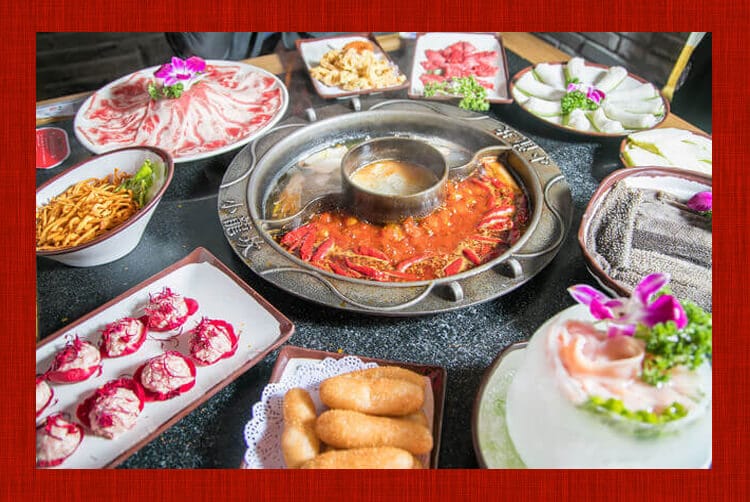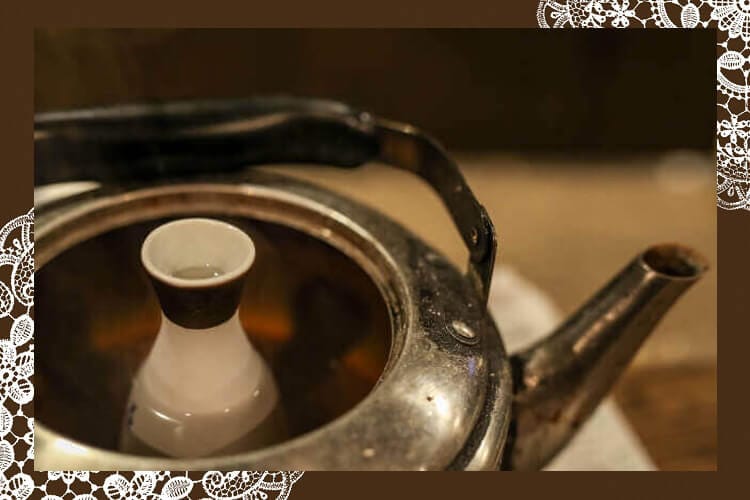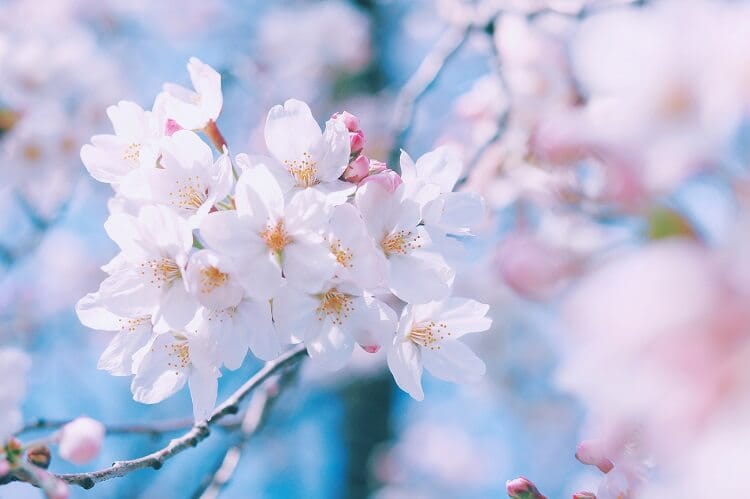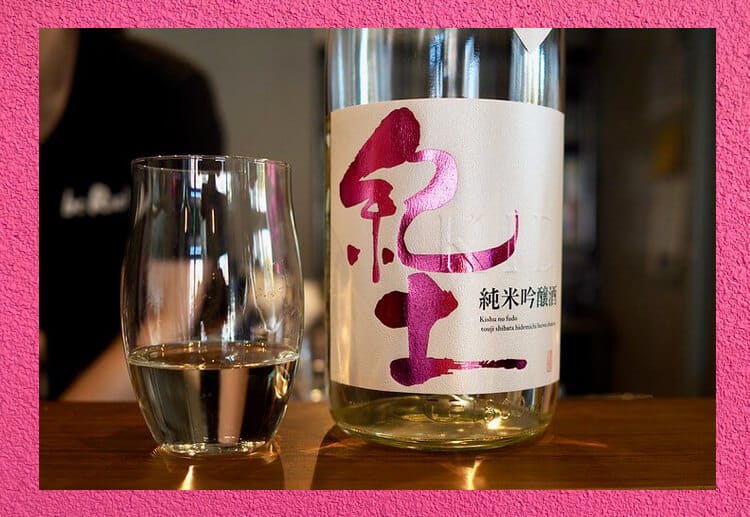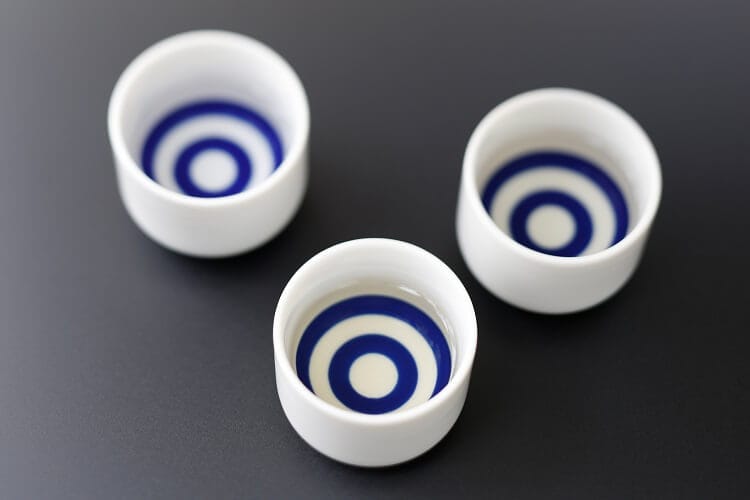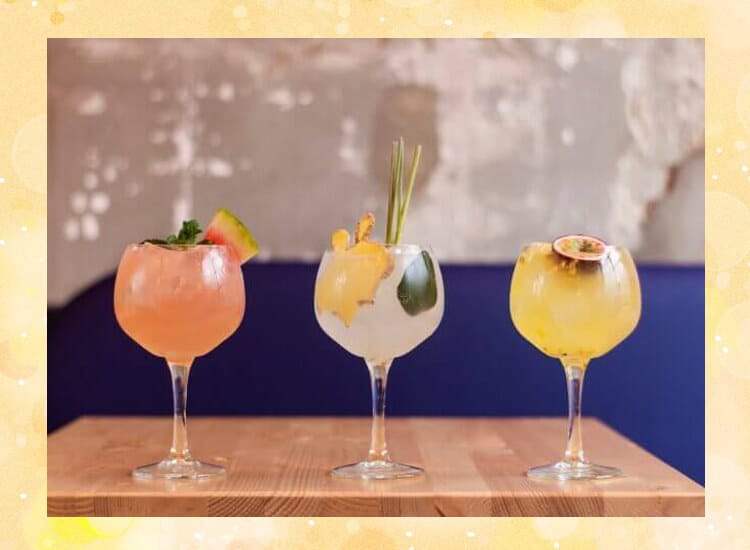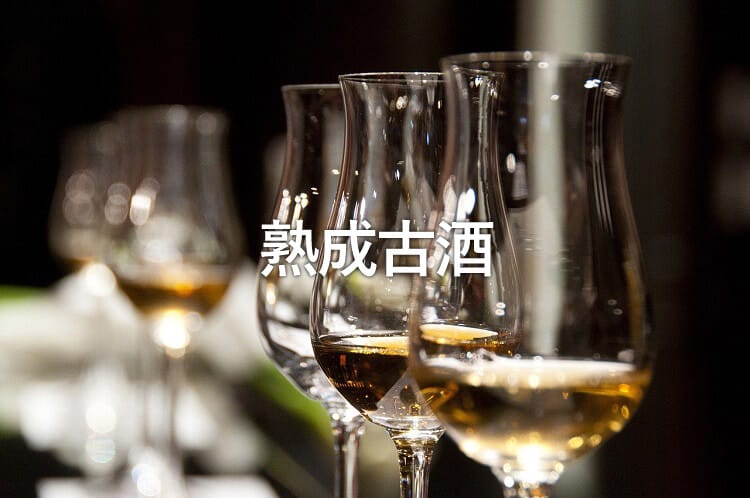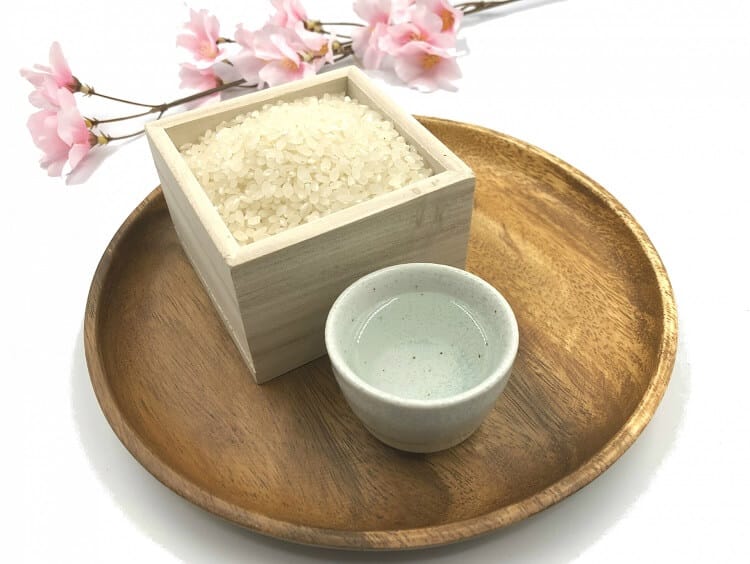
When you hear ordinary sake, there are many people who have the impression that “Japanese sake is not very tasty without any features” or “Sake is served at an izakaya”.
In recent years, there has been a remarkable increase in the number of specially named sakes such as Daiginjo and Ginjo, but the sales of regular sake have peaked.
However, there are also breweries that are making conscientiously focusing on ordinary sake.
The drink is fruity and refreshing, it is not inferior to the richness and sharpness, and it is a low priced ordinary sake. The rice used is Yamada Nishiki, which is used for sake with a specific name such as Junmai Daiginjo.
This time,Introducing the appeal of ordinary sake using Yamada Nishiki and recommended ordinary sake 5 selected by Kuramoto.
What is foreign rice used in ordinary sake?
Daiginjo, Junmai Daiginjo, Ginjo, Junmai Ginjo, Special Honjozo, Honjozo, Junmai Sake, etc. are called specially named sake, and the rice that is used for sake brewing is selected.
The top 5 often used in sake-brewed rice
- Yamada Nishiki
- 500 million stones
- Miyama Nishiki
- Akita Sake Komachi (Akitake Komachi)
- Omachi
Yamada Nishiki is the most popular among them. It has the characteristic that the grain of rice is large and the heart of the starchy part is hard to break even if time is spent on milled rice.
It is said that if you don't make Japanese sake using Yamada Nishiki, you won't be able to win a gold medal at the National Sake Appraisal.
But,Yamada Nishiki production is decreasing year by year. Therefore, in sake brewing, a brewery using rice called “Isogai” outside of Yamada Nishiki has also appeared.
You can set the price lower by using the cheaper one while keeping the taste of the specified sake.
Although the taste is similar to the specific name liquor, the specific name liquor cannot be named by the law on the preservation of liquor tax and the liquor industry association (abbreviated name liquor industry association law).
That is why it is distributed as regular liquor.
Sake rice grading
In order to know the meaning of the word, etc., you need to know from the grade of sake rice.
The grade of sake rice is as follows.
|
Grade name |
Proportion of rice grains |
|
Special rice |
90% or more |
|
Special rice |
80% or more |
|
1 etc. |
70% or more |
|
2 etc. |
60% or more |
|
3 etc. |
45% or more |
It can be divided into the above 6 stages. The percentage of rice grains that are not well prepared due to the poor shape of the rice is considered “excluded” if it is less than 45%.
"Suitable rice for brewing"From special rice to 3 and other rice. It is a rule that you should not use foreign rice to give a special name sake.
Although foreign rice sounds like rice that is not suitable for making sake, it does not mean that it tastes bad. Sake rice is graded by appearance rather than taste, and judgment is only made with the naked eye.
However, sake made in foreign rice cannot be named a specially named sake no matter how much time and effort it takes to finish it. It's just ordinary sake.
There are varieties of rice brewing suitable for rice from special rice to 3 etc.From the total rice production, only 1%.
In recent years, the production of rice suitable for brewing has been decreasing. Of course, using rice that has been graded as special rice is suitable for making delicious sake, but there are not a few breweries that actively use foreign rice to make delicious sake.
There is a recommended regular sake that uses outside even during the festival! [Yamaguchi Asahi Breweries Festival 23]
View this post on Instagram
It is a regular liquor with a lower price by using “Isogai Yamada Nishiki” on the label.
Sake online salesAccess number 23 is available for “Nagisai Tokugai 1”!The rice polishing rate is 23%, which is about the same as “Junmai Daiginjo”.
Junmai Daiginjo from Sakai Matsuri is in high demand and is becoming more popular as it continues to run out. However, it is not always easy to drink.
Therefore, Asahi Shuzo has born “Saisai Tokugai 23” based on the concept that everyone can easily buy sake when they want to drink.
| Reviews:
The beginning of this year's sake is 23 outside the festival, etc. ︎
Source:twitter |
|
23See details |
“You can drink it anytime!” Yamada Nishiki and other regular sake [recommended 5 selection]
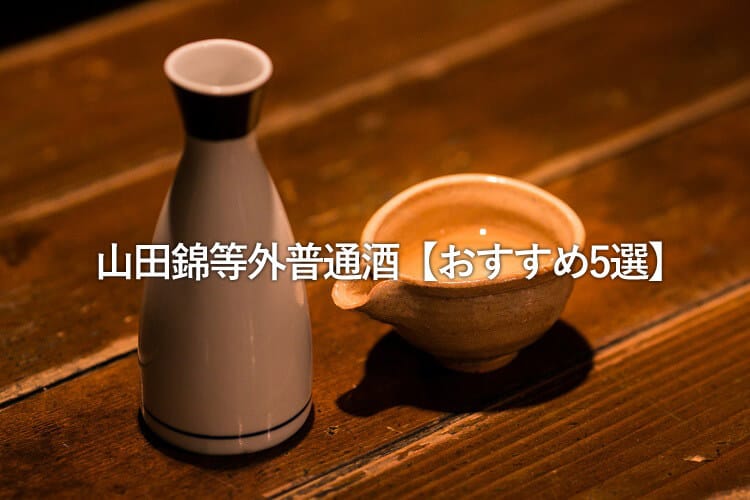
No matter how low the rice milling rate is, the sake brewed outside of Japan etc. can be fermented at low temperature for a long period of time, even if no brewing alcohol or water is added, or squeezed with “bag hanging” that does not squeeze under pressure , All are "ordinary sake".
Yamada Nishiki etc. is not just a festival. It's a regular sake, but it takes time and effortIntroducing “Yamada Nishiki and other ordinary sake” with a fragrance and taste that you would like to drink in a wine glass.
Normal sake with a fresh muscat aroma [Yakuhaku Hiryu Super Dry Extra Yamada Nishiki (YOU)] Yoshida Shuzo
View this post on Instagram
#Sake #Extra Yamada Nishiki #Hakuryu #Hairy Dry #Yoshida Sake Brewery #Fukui, etc.
A brewery that brews sake from rice grown using its own natural farming method. The ordinary sake that lived with that commitment is “Extra Yamada Nishiki (YOU)”.
If you enjoy the scent reminiscent of Muscat and put it in your mouth, the first plump flavor will spread in your mouth. After drinking, it has a mysterious taste that it is crisp and the mouth is refreshing.
Please enjoy this good balance at a reasonable price!
|
How to read the product name |
Hakukyu |
| Raw Rice | Yamada Nishiki etc. |
| Rice polishing rate | 70% |
| Alcohol degree | 15.5 degrees |
| Sake degree | +9 |
| acidity | 1.7 |
| taste | spicy |
| Recommended way to drink | 15 ℃ to 55 ℃ |
| Reviews:
Extra Yamada Nishiki from another white dragon label. Source:twitter |
|
Extra Yamada Nishiki (YOU)See details |
Normal sake recommended with plenty of delicious rice [Wild Side Zero ZERO Yamada Nishiki etc. Non-filtered raw liquor Origami] Miyoshi Kiku Shuzo
“Origari” “ori” means fine rice and yeast. If you put it in the tank as it is, the cage sinks down and only clear sake remains in the upper part.
Sake without sake has a clear and clean taste,The sake of sashimi mixes with the umami of rice, so you can enjoy a complex taste with yeast.
This state of liquor is called “origari” because “ori” is involved.
“Wild Side Zero ZERO Yamada Nishiki etc. Unpolished raw raw liquor Origami” Raw without burning, without adding water. A bottle of squeezed liquor.
Although it is unfiltered, it is thin and cloudy, but it is ideal for those who want to feel the taste of rice from Yamada Nishiki and the taste of yeast.
Because it is a new sake, the aroma is gorgeous and fresh.
Sweet and sour, fruity and sour like pineapple.Originally, it has a profound taste that should be called “Non-filtered raw Junmaihara sake”.
|
How to read the product name |
Wilderness Zero Yamagashigaigai Murakana Genshu Origami |
| Raw Rice | Yamada Nishiki etc. |
| Rice polishing rate | 70% |
| Yeast used | Tokushima yeast |
| Alcohol degree | 15 degrees |
| acidity | 1.7 |
| Reviews:
Today's liquor [Miyoshi chrysanthemum zero unfiltered raw liquor origami] A high-quality, limited-edition liquor made in Yamada Nishiki, Banshu, Japan, which is one of the nation's finest unrivaled Japanese sake, Miyoshi chrysanthemum. It is a beautiful sake that combines a fragrance of perfume, a taste of pineapple juice itself with a sweetness, and a wonderful crispness, although it is less than 2500. Source:twitter |
|
Wild Side Zero ZERO Yamada Nishiki etc. Foreign rice Unfiltered raw liquor OrigamiSee details |
Recommended sake with aged taste and rich flavor of Yamada Nishiki [No wind Yamada Nishiki 50 etc.]
It is a regular sake brewed using the same method as Junmai Daiginjo, which has polished Yamada Nishiki to 50%.
Fire only 1 times. It is then bottled and shipped after aging for half a year.
The taste is characterized by a deep flavor.Moist and soft and comfortable to put in your mouth. It can be delicious even in cold or salmon.
| How to read the product name | Muka Ugly |
| Raw Rice | Yamada Nishiki etc. |
| Rice polishing rate | 50% |
| Alcohol degree | 15 degree or more and less than 16 degree |
| Sake degree | +3 |
| acidity | 1.3 |
| taste | spicy |
| Recommended way to drink | Cold |
| Reviews:
Another fountain brand “Nakaze” brewed by Taisendo Shuzo Source:SAKE TIME |
|
No wind Yamada Nishiki 50, etc.See details |
Recommended for fruity! Normal sake [Yokoyama etc. outside sake] Shigeya sake brewing
I want to resume making sake on Iki Island ... The wish of Mr. Tsuji who continued to do so was fulfilled, and a sake brewery was completed on Iki Island, which was celebrated in 2018.
The new sake brewed for the first time in 30 years is “Nama Yokoyama Togai”.It can be said that this sake is filled with Mr. Tsuji's passion.
Yokoyama is a non-heated sake. So you can enjoy the taste of fresh, freshly picked grapes and have a fruity aroma that reminds you of La France.
The harmonious mouth feels like a white wine and passes through the throat.It is a fresh sake that can be enjoyed by those who are not good at sake.
When you eat yokoyama, please chill and pour into a wine glass. If you want to feel a little sweetness, it is recommended to drink a little warm.
| How to read the product name | Yokoyama gargling |
| Raw Rice | Yamada Nishiki etc. |
| Rice polishing rate | 50% |
| Yeast used | Association 7 yeast |
| Alcohol degree | 16 degrees |
| Recommended way to drink | With cold sake |
| Reviews:
A commemorative liquor made in Shinzo. Japanese sake brewed in Ikijima for the first time in about 30. Uses Yamada Nishiki etc. A beautiful scent like Muscat. Although it is sweet, there is no impression of being sweet because it has acid. The finish is moderate. Although it is in the explanatory note, it seems to be delicious to cool it down and drink it in a wine glass. Source:twitter |
|
Fresh sake such as yokoyamaSee details |
A regular sake recommended for those who enjoy the richness of sake.
A fruity finish unique to Yamada Nishiki, and a dry, dry and crisp sake.
Iinuma brewing is a brewery that brews the “form Junmai Daiginjo Yamada Nishiki unfiltered raw sake” that is famous for being sold out as soon as it is released.
You can also get a great SG by using Yamada Nishiki and other foreign rice used in Daiginjo.
What is SG (SUGIinuma Meinjo explained that it was taken from (ATA), but in fact it is amazing (SUGRumors that the name came from OI) ...
The taste is more than the price. An elegant fragrance that is gently released when it is close to the mouth. If you put it in your mouth, it disappears as soon as you think it has a pineapple-like taste.The sharpness of the acidity enhances the taste of the cuisine.
You can't miss the rich flavor of Yamada Nishiki that you can taste because it is 70% polished rice and the richness of taste that is only because it is unfiltered raw sake.
This is a “cospa good and delicious” ordinary sake that should be enjoyed only by those who want to feel the richness of sake, who are tired of ginjo flavor, and who like dry sake.
| How to read the product name | Sugatasuji Murokamanagenshu |
| Raw Rice | Yamada Nishiki etc. |
| Rice polishing rate | 70% |
| Yeast used | Association 1801 yeast |
| Alcohol degree | 17% |
| Sake degree | +4 |
| acidity | 1.6 |
| taste | spicy |
| Recommended way to drink | cool it |
| Reviews:
Today's one is SG who has been mourning recently. The whole amount is Yamada Nishiki, but since it uses foreign rice, it is a Super Great price that cuts 2000 yen while planning a bottle of Junmai Ginjo! ️Ah, SG w A sweet and sour mouth and a aftertaste. Source:Instagram |
|
Appearance SG Non-filtered raw sakeSee details |
Summary: Is non-alcoholic liquor a recovery for sluggish regular sake?
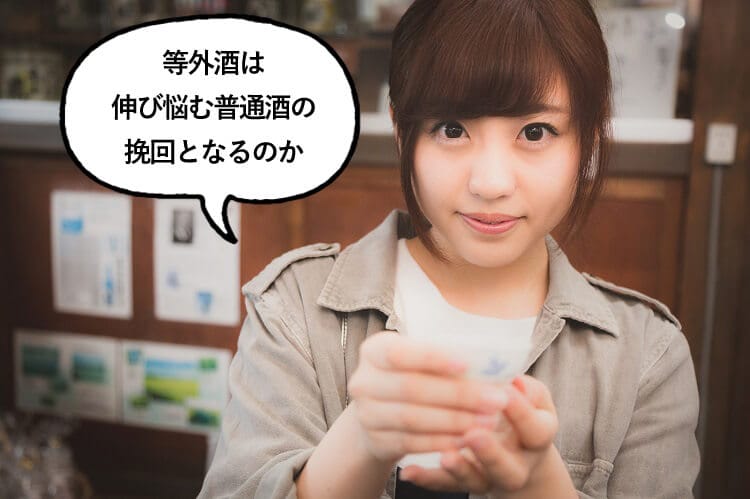
About 7 percent of the sake on the market is ordinary sake.
However, in recent years, the growth of specific name sake, especially Junmai Daiginjo, Junmai Ginjo sake, and Junmai sake has been remarkable, but the number of ordinary sake has been sluggish.
Even restaurants and Japanese restaurants are enthusiastic about purchasing specially named sake, but when it comes to regular sake, there are many places where it makes a decent choice just like “an sake with no special features”.
That's fine in restaurants where the customer base is only rich, but for dads who enjoy a little sake on the way home from work, regular sake is a strong ally in their wallet.
The taste of ordinary liquor, which was previously seen as “quantity over quality” and “cheap or bad”, is evolving day by day through the efforts and efforts of each brewery.
When you are just starting to drink sake, you often choose to use labels such as “Junmai Daiginjo” as an indicator, but the taste of sake greatly affects your taste.
Names such as Junmai Daiginjo Sake and Ginjo Sake are named according to the “Law Concerning Liquor Tax Conservation and Liquor Associations” (abbreviation: Liquor Association Association Act) for national tax revenues. , It is not guaranteed to fit anyone's mouth.
From now on, you will want to enjoy the sake that you have been satisfied with your tongue, regardless of the specific name!
Reference:
Japan Stable Stable Supply Support Organization “Sake Trends”


